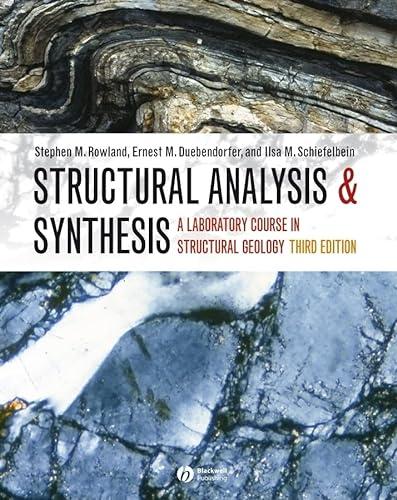Balance the cross section that you evaluated in Problem 15.3. Use the footwall template provided in Fig.
Question:
Balance the cross section that you evaluated in Problem 15.3. Use the footwall template provided in Fig. G-46. Assume that the footwall structure (i.e., position of ramps and flats) is correct. Use the same dip for the forelimbs of all of the folds (follow the example of the fold in the Permian bed). Remember to keep the footwall and hanging-wall flats the same length. Your section should balance by line length, but will not conserve slip on the fault because some shortening is accommodated by folding. Explain in detail why your section is superior to the one given in Fig. G-45. Calculate the amount of shortening represented by the section using an average of the lengths of the Permian/Triassic contact and the Triassic/Jurassic contact.
Fig. G-46
Problem 15.3
Use the bed-length technique to restore the cross section in Fig. G-45 and evaluate whether or not it balances. That is, draw the stratigraphic template for the restored cross section below the deformed cross section. Then measure the bed lengths of each unit from the pin line, and determine the positions of the ramps and flats of the future fault on the stratigraphic template. Be sure to measure both the top and bottom of each of the three layers; you will have six measurements in all. If the cross section does not balance, state specifically what is wrong with it and key your comments to the deformed-state cross section. Identify every error; it is not sufficient to say ‘‘bed length too long.’’
Fig. G-45

Step by Step Answer:

Structural Analysis And Synthesis A Laboratory Course In Structural Geology
ISBN: 9781405116527
3rd Edition
Authors: Stephen M. Rowland, Ernest M. Duebendorfer, Ilsa M. Schiefelbein




